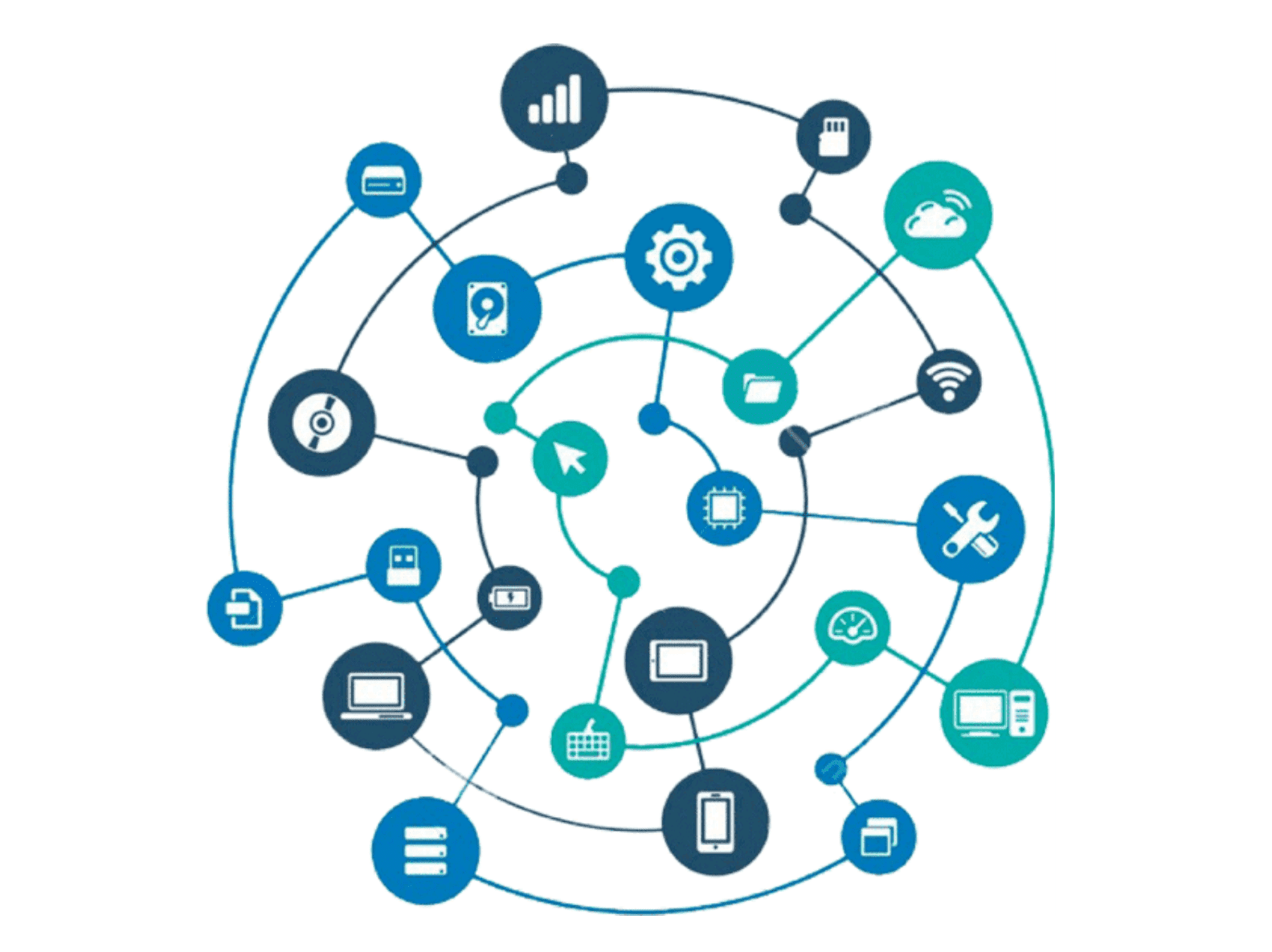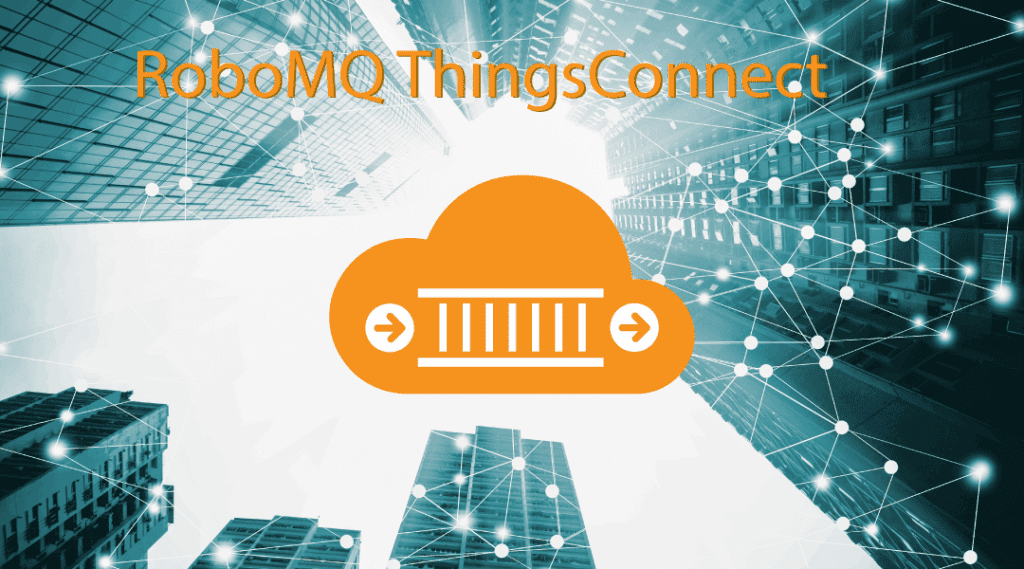If you’ve had a chance to explore our website and blogs, you might have seen us mention our “ThingsConnect” suite of adapters. If you’re still a little bit lost on what exactly it means, don’t worry. We’re here to help.
In a word, “ThingsConnect” is what makes RoboMQ different from all other middleware solutions for Internet of Things (IoT) and SaaS integration. When we envisioned RoboMQ more than two years ago the idea was to create a middleware integration solution that would be the platform of choice for the heterogeneous and diverse future of Cloud, SaaS, and IoT integration deployments. We envisioned a platform that could support the diversity of applications and protocols which were rapidly evolving with enterprise SaaS and IoT implementations. Furthermore, we believed that it was critical for RoboMQ to be built to support the yet to be created protocols, devices, and applications.
The Any-to-Any integration concept is one of the key elements that sets us apart from the competition, and enables our customers to succeed through cost-effective, innovative, agile and future-proof application integration within their organization.

Figure 1: Connecting any device, sensor, application or a thing
Middleware platforms are not new. In fact, they have been around for over 20 years. The founding team at RoboMQ was running middleware platforms for Fortune 100 telecom companies in the U.S. for almost a decade. We knew that you could only integrate all applications and systems using traditional platforms like IBM MQ or TIBCO if you locked yourself into legacy code in their proprietary APIs and protocols. This isn’t exactly appealing, but there wasn’t much in the way of better choices at the time.
Looking towards the future, we thought that the specialized SaaS software vendors would not be inclined to build hooks for the proprietary integration protocols for outdated legacy platforms. Why would they? They would ultimately have to choose one of the industry standard protocols like AMQP, REST/HTTP, or Web services to provide integration hooks. SaaS vendors would focus on building the best of the breed business functionalities that they specialize in, and would provide open interfaces for data interchange.
It is obvious now that the SaaS model is the future of many business-critical software applications. There is an inherent value in using SaaS because of better feature sets, a wider user base leading to community-based optimization, and lower pay-as-you-go (PAYG) costs.
The key challenge remains, how will enterprises integrate SaaS applications with the rest of the enterprise systems and other applications to enable business processes and tools that ultimately deliver competitive advantages to their business?
We came up with the protocol agnostic design and approach that allows any application to interchange data with any other using any industry standard protocols. ThingsConnect takes care of the protocol conversion and it sits on top of the RoboMQ message oriented middleware. In fact, RoboMQ does not have any integration API of its own. You can integrate using any industry standard integration protocols or APIs of your choice.
ThingsConnect thus makes RoboMQ a protocol-less and protocol agnostic Message Oriented Middleware (MOM). It works by performing cross-protocol conversion among all device and application level data integration protocols. You can achieve the following scenarios with ease:
- An IoT device sends information over MQTT, HTTP or CoAP which creates a case or ticket in Salesforce, ServiceNow or another ticketing system
- Command and control scenarios between small microprocessor IoT devices and operations systems like turning on fans remotely upon detecting high temperatures
- A file-based legacy system can communicate with HTTP based SaaS platforms
- An IoT device gathers temperature, pressure or other environmental information that gets pushed into a database and real time analytics platforms
- Credit card processor events are correlated in real-time with Accounting and other applications, and alerts are generated as necessary
- An industrial SCADA/Modbus device can work with Cloud and enterprise based operational systems without much additional code development or retrofit
So, what is the ultimate value of ThingsConnect when you compare it with other platforms handling the above use cases?
You do not need to code in a common protocol or develop code to retrofit. The existing systems can send and receive information the way they already do. ThingsConnect takes care of the conversion and delivery. There are significant cost savings in terms of development and operations
With future-proofing provided by ThingsConnect, you can build your IoT and SaaS infrastructure with options to upgrade and replace with Best-of-Breed applications as technology evolves. You can avoid vendor lock-in to proprietary or dying technologies.
With our message-oriented middleware and Microservices architecture, you can build truly reusable services that can be created to integrate and automate complex business processes and applications.
In terms of RoboMQ costs, it is a pay as you go SaaS model, with price savings estimated at 40-50% of the cost of traditional, competing middleware products.
To schedule a call or meeting to learn more about how RoboMQ can help your business, please send an email to info@robomq.io.






